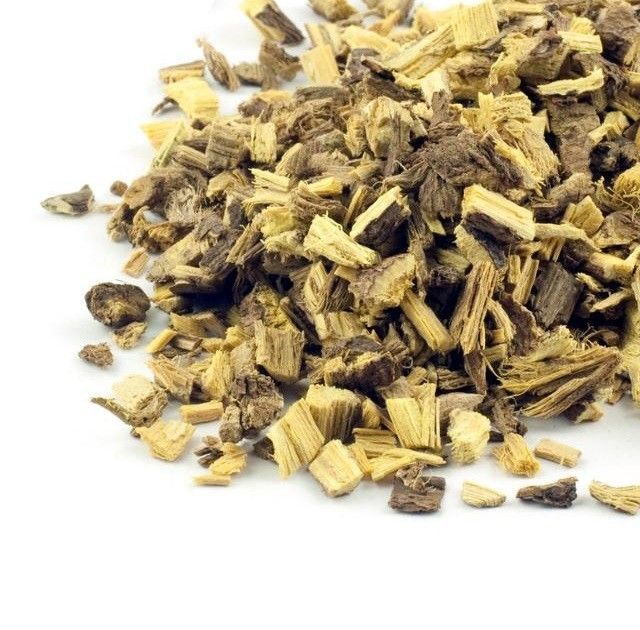Packaging: 25g (or 500g & 1kg) containing the roots of the plant.
(Price includes VAT)
Other Names: Licorice, Glycyrrhiza, Sweet root
Properties:
● Effective against laryngitis.
● For pharyngitis.
● Aids in quitting smoking.
● Beneficial for the digestive system.
● Relieves heartburn.
● Excellent for colitis.
● Heals stomach ulcers.
● Reduces colon spasms.
● 50 times sweeter than sugar.
● Helps with diabetes and cholesterol.
● For primary adrenal insufficiency.
● Useful for stress-related issues.
● Combats gastritis.
● Effective against colic.
● For bronchitis.
● Aids in cases of pneumonia and cough.
● Improves respiratory function.
Origin: Greece, Imathia region (collected from the Pieria Mountains at low altitudes).
Storage: Store in a cool (5°C – 15°C) and dark place.
Preparation:
1 teaspoon of ground licorice root (or a small pinch of fresh) is added to a container with 1 glass of water, boiled for 5 – 10 minutes, then strained before use.
Historical Notes:
According to Theophrastus (3rd century BC), the Scythians, who were introduced to licorice by the Greeks, chewed licorice and could survive for 12 days without water. Theophrastus referred to it as the "root of the Scythians" and used it for asthma. In the 1st century, the physician Dioscorides gave it its botanical name. The Roman Pliny recommended consuming licorice to relieve hoarseness and to alleviate hunger and thirst. In the 13th century, the extract of the plant was used as a remedy for sore throat, cough, and congestion. It is believed that merchants who sold licorice as medicine combined it with honey, creating the first licorice candies. During this time, specifically in 1305, King Edward I of England taxed imported licorice to raise funds for the construction of London Bridge. In the 18th century, Napoleon Bonaparte chewed licorice as a remedy for his digestive problems.





